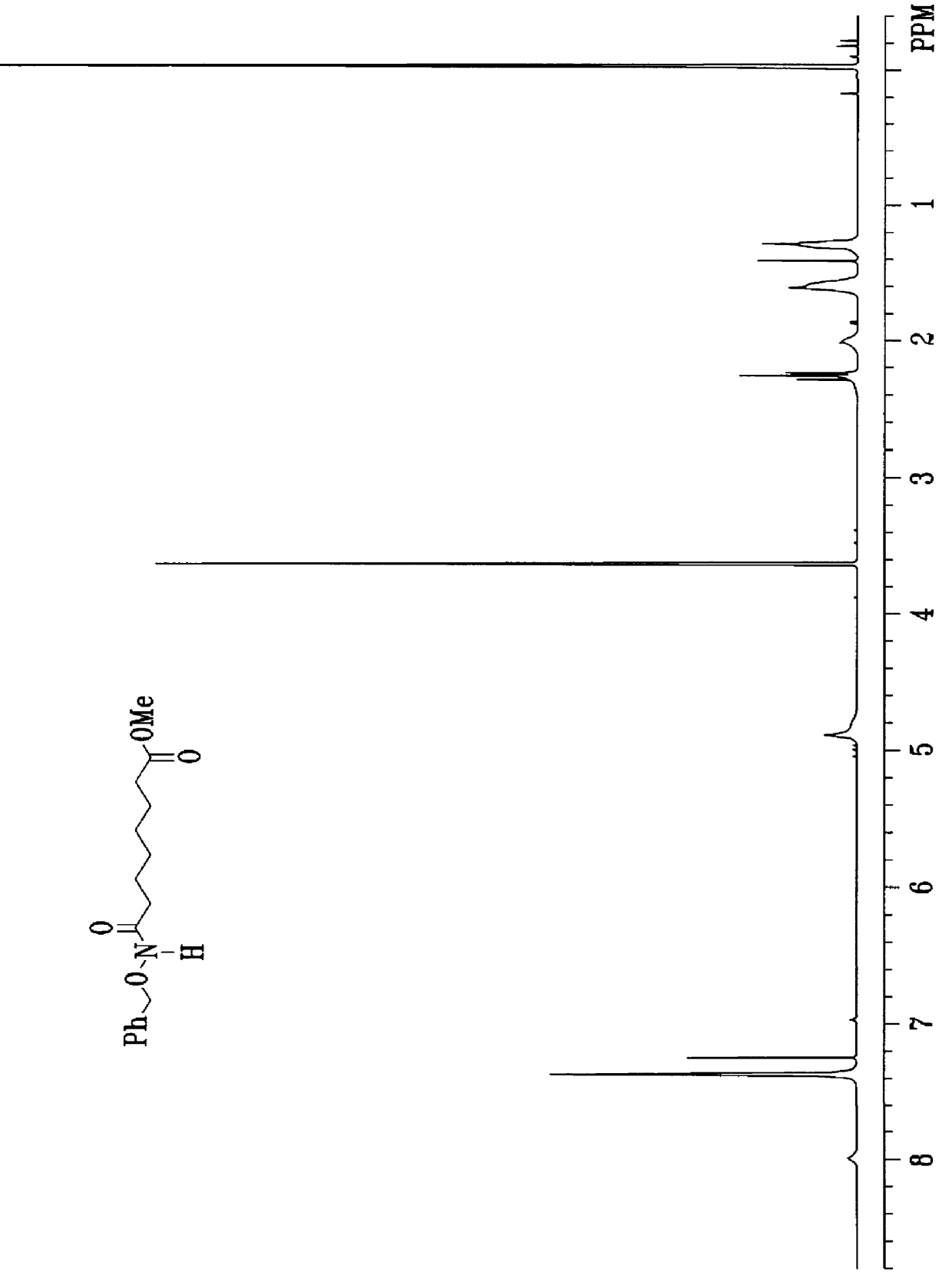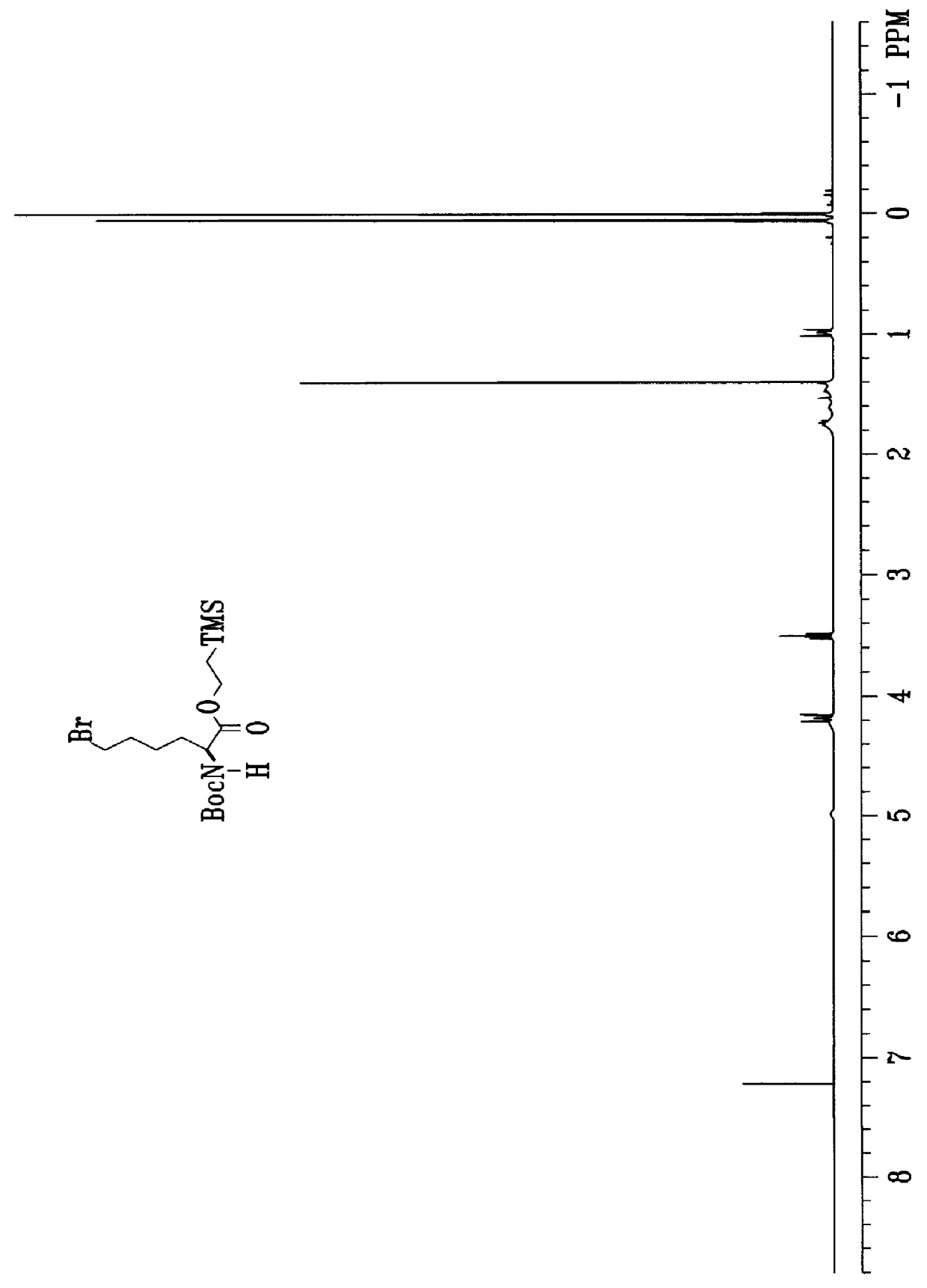Process for the synthesis of exochelins
a technology of exochelin and exochelin, which is applied in the field of process for synthesis of exochelin, can solve the problems of rapid reperfusion injury, cell death or related oxidative tissue damage, and injury to reperfusion tissue, so as to reduce the damage to normal tissue and effectively prevent or at least retard the effect of reperfusion injury
- Summary
- Abstract
- Description
- Claims
- Application Information
AI Technical Summary
Benefits of technology
Problems solved by technology
Method used
Image
Examples
Embodiment Construction
The various steps to prepare the target compound are set forth below.
Optical rotations for all materials were measured at the 589 (D) line of sodium at ambient temperatures on a Rudolph Research Autopol III polarimeter in a 5 cm cell, and are expressed in grams solute per 100 ml of solution. Thin-layer chromatographic analyses (TLC) were performed on pre-coated aluminum sheets of Silica Gel 60 F.sub.254 (E. Merck) and on pre-coated glass sheets (0.25 mm) of Silica Gel RP modification coated with Cu.sup.+2 and chiral reagent (CHIRALPLATE.TM., Macherey-Nagel). Medium-pressure liquid chromatography (MPLC) was performed on a 2.5 cm.times.46.0 cm glass column containing Silica Gel (230-400 mesh, grade 60) using a FMI Model RP-SY pump. High-pressure liquid chromatography (HPLC) was performed on a Rainin dual pump system (Dynamax Model SD-200) with UV detection (Rainin Model UV-C) at 254 nm. All commercial reagents and solvents used in this study were reagent grade.
A. Benzyl-2-benzyloxyben...
PUM
| Property | Measurement | Unit |
|---|---|---|
| pH | aaaaa | aaaaa |
| flow rate | aaaaa | aaaaa |
| pH | aaaaa | aaaaa |
Abstract
Description
Claims
Application Information
 Login to View More
Login to View More - R&D
- Intellectual Property
- Life Sciences
- Materials
- Tech Scout
- Unparalleled Data Quality
- Higher Quality Content
- 60% Fewer Hallucinations
Browse by: Latest US Patents, China's latest patents, Technical Efficacy Thesaurus, Application Domain, Technology Topic, Popular Technical Reports.
© 2025 PatSnap. All rights reserved.Legal|Privacy policy|Modern Slavery Act Transparency Statement|Sitemap|About US| Contact US: help@patsnap.com



